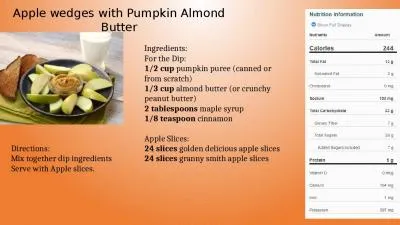PPT-NANOPAPER from almond SHELL
Author : yoshiko-marsland | Published Date : 2017-07-12
Biorefinery Process Group Department of Chemical and Environmental Engineering University of Basque Country Pza Europa 1 20018 San Sebastian SPAIN Correspondence
Presentation Embed Code
Download Presentation
Download Presentation The PPT/PDF document "NANOPAPER from almond SHELL" is the property of its rightful owner. Permission is granted to download and print the materials on this website for personal, non-commercial use only, and to display it on your personal computer provided you do not modify the materials and that you retain all copyright notices contained in the materials. By downloading content from our website, you accept the terms of this agreement.
NANOPAPER from almond SHELL: Transcript
Download Rules Of Document
"NANOPAPER from almond SHELL"The content belongs to its owner. You may download and print it for personal use, without modification, and keep all copyright notices. By downloading, you agree to these terms.
Related Documents

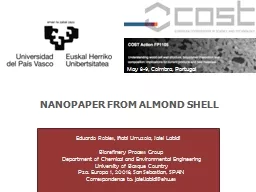

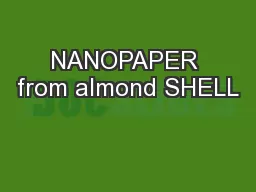



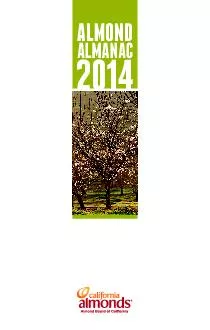
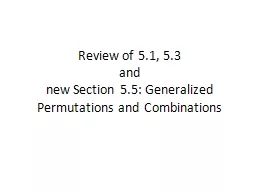


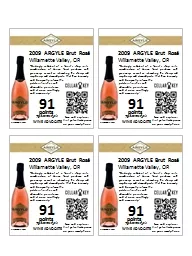

![[READ] Almond: Almond Flour Recipes for Optimal Health & Quick Weight Loss: Gluten Free](https://thumbs.docslides.com/881007/read-almond-almond-flour-recipes-for-optimal-health-quick-weight-loss-gluten-free-recipes-for-celiac-disease-gluten-sensit.jpg)
